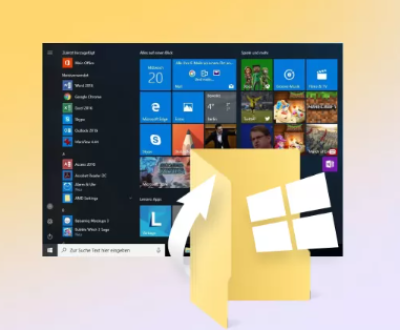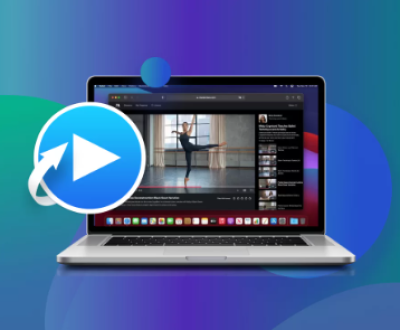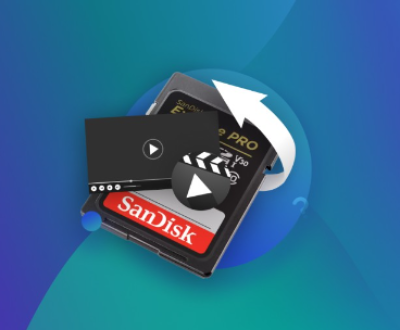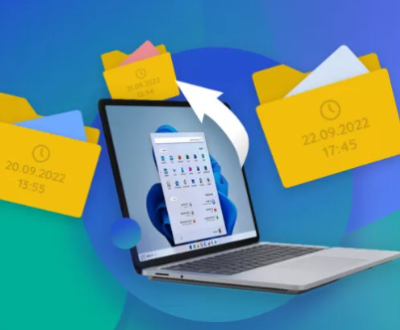If you’re experiencing an issue where a new hard drive isn’t showing up in Disk Management, it can be frustrating, especially when you’re eager to start using it for additional storage or backups.
1. Disk Management
Before we dive into troubleshooting, it’s important to understand what Disk Management is and how it functions. Disk Management is a built-in tool in Windows that allows you to manage drives and partitions. It provides an interface for users to format, partition, and allocate space on storage devices connected to their computer.
When you add a new hard drive, whether it’s an internal or external one, Windows should automatically recognize it. However, if something goes wrong, the disk might not show up in the Disk Management tool, even though it’s physically connected.

2. Physical Issues with the Drive
The first and most common cause for a new hard drive not appearing in Disk Management could be a physical issue with the drive itself or its connection. Here are some things you can check:
a. Check the Power Supply (for External Drives)
If you’re using an external hard drive, ensure that it’s properly powered on. Some external drives require a separate power adapter, while others may be powered through the USB connection. If the drive requires external power, make sure the power cord is plugged in securely.
b. Check the Cable and Ports
Sometimes, the issue may be as simple as a loose or damaged cable. Try a different USB or SATA cable to connect the drive to your computer. Also, test the port by plugging the drive into a different USB or SATA port on your computer. In the case of USB, try using a USB 3.0 or 2.0 port (depending on the compatibility of the hard drive and your computer).
c. Test on Another Computer
If the new hard drive still doesn’t show up, try connecting it to a different computer. This will help determine whether the issue lies with the drive itself or with your original computer.
d. Listen for Sounds
If the new hard drive is an internal one, listen closely for any spinning or noise. If the drive is completely silent, it might indicate a mechanical issue or failure with the hard drive, in which case it may need to be replaced.
3. Incorrect or Missing Drivers
Another common reason your hard drive might not appear in Disk Management is due to incorrect or missing drivers. Windows uses drivers to communicate with hardware, and if the driver for your hard drive isn’t installed properly or is outdated, it could prevent the drive from being recognized.
a. Install/Update Drivers
Right-click on the Start menu and select Device Manager.
Expand the Disk Drives section to see if your new hard drive is listed.
If the drive is listed with a yellow triangle indicating an issue, right-click on it and select Update Driver.
Choose Search automatically for updated driver software and let Windows search for and install the latest driver.
If your drive isn’t listed under Disk Drives, it could indicate a problem with the connection or the drive itself, or the necessary drivers are missing.
b. Update Chipset Drivers
In some cases, updating your motherboard’s chipset drivers can resolve detection issues, particularly if the drive is connected via SATA. Check the manufacturer’s website for your motherboard or system to find the latest drivers for your chipset.
4. Initialize the New Drive
When you add a new hard drive, Windows should automatically initialize it for use. However, sometimes this step may fail or not happen at all, particularly if the drive is unformatted or has been used in another system previously.
a. Access Disk Management
To check if your new hard drive is visible but uninitialized:
Press Win + X and select Disk Management.
Look for your new drive in the bottom section of the window. If the drive appears, but the status reads Not Initialized, you’ll need to initialize it manually.
b. Initialize the Drive
Right-click on the new drive and select Initialize Disk.
Choose either MBR (Master Boot Record) or GPT (GUID Partition Table). If the drive is larger than 2 TB, select GPT.
Follow the prompts to complete the initialization.
Once the drive is initialized, you can proceed to format it and create partitions.
5. Drive Not Allocated
Sometimes, a new hard drive won’t show up in Disk Management because it has not been allocated. This can happen if the drive is detected, but no volume has been created on it. You will need to create a partition and format the drive.
a. Create a New Volume
In Disk Management, find your new drive.
Right-click on the unallocated space and select New Simple Volume.
Follow the wizard to create a new partition, assign a drive letter, and format the drive.
Once formatted, the new drive should appear in This PC and be ready for use.
6. Disk Offline or Disabled
Another reason why a new hard drive might not appear in Disk Management is if it has been set to Offline or Disabled. This can happen due to conflicts with other drives or issues with the drive itself.
a. Bring the Disk Online
Open Disk Management.
If the drive is listed but shows as Offline, right-click on it and select Online.
Wait for the system to bring the disk back online and reinitialize it.
If the drive is listed as Disabled, right-click and choose Enable.
7. Check for Conflicts in Device Manager
If your new hard drive isn’t showing up in Disk Management, it might be due to hardware conflicts or issues with other devices.
Open Device Manager by pressing Win + X and selecting Device Manager.
Expand Disk Drives and check if there are any warning signs (like a yellow triangle) next to the drive.
Right-click the device and choose Uninstall device.
After the device is uninstalled, restart your computer and let Windows reinstall the drivers automatically.
8. Check BIOS/UEFI Settings
Sometimes, the issue might not be with Windows at all but with the BIOS/UEFI settings. If your computer’s BIOS is not set to recognize the hard drive, it might not show up in Windows at all.
a. Access BIOS/UEFI Settings
Restart your computer and press the key (usually Del, F2. or F10) to enter BIOS/UEFI.
Look for any settings related to SATA Configuration or Storage Mode.
Ensure the drive is set to AHCI mode and not RAID (unless you’re using a RAID configuration).
Save and exit the BIOS settings.
9. Update Windows
In some rare cases, an outdated version of Windows can cause hardware detection issues. Make sure your operating system is up to date by checking for updates.
Open Settings and go to Update & Security.
Click on Check for updates and install any pending updates.
Restart your computer and check if the drive is now visible.
10. Disk Is Dead or Faulty
If none of the above steps work, there’s a possibility that your new hard drive is defective or damaged. It’s not uncommon for new drives to fail due to manufacturing defects. If you’ve gone through all the troubleshooting steps and the drive still isn’t showing up, you may need to contact the manufacturer for a replacement.
About us and this blog
Panda Assistant is built on the latest data recovery algorithms, ensuring that no file is too damaged, too lost, or too corrupted to be recovered.
Request a free quote
We believe that data recovery shouldn’t be a daunting task. That’s why we’ve designed Panda Assistant to be as easy to use as it is powerful. With a few clicks, you can initiate a scan, preview recoverable files, and restore your data all within a matter of minutes.
Subscribe to our newsletter!
More from our blog
See all postsRecent Posts
- How to restore deleted images 2025-06-30
- How to restore a deleted file on windows 2025-06-30
- is there any way to restore deleted photos 2025-06-30

 Try lt Free
Try lt Free Recovery success rate of up to
Recovery success rate of up to









